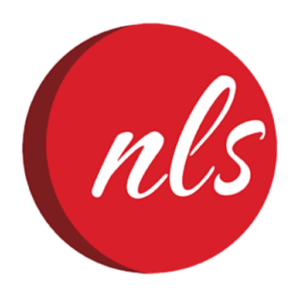Recently in Logistics; Fitch Ratings forecasts a gradual recovery for North American freight and logistics in 2025, following a challenging period. Advanced tracking technologies like cellular, Bluetooth, and RFID are enhancing real-time package visibility. Peer-to-peer fashion rental apps such as Pickle and Tulerie are gaining traction for their sustainable and affordable appeal. Canadian holiday budgets have surged 32% this year, with spending on experiences up 64%. A federal report calls for strengthening Canada’s supply chains through infrastructure investment, trade corridor expansion, and short sea shipping.
Gradual Freight Recovery Predicted for 2025
Fitch Ratings projects a gradual recovery for North American freight and logistics in 2025, following challenges from mid-2022 to mid-2024. Stabilizing conditions, modest industrial growth, and better trucking capacity are expected to boost margins. Risks include inflation, tariff disruptions, and weak truckload rates, but nearshoring trends may enhance domestic freight flows. Fitch emphasizes the importance of strategic positioning and adaptability for industry players to navigate market complexities.
Source: Inside Logistics
Real-Time Package Tracking Transforms Logistics
Advanced tracking devices using cellular, Bluetooth, and RFID technologies are revolutionizing package visibility, offering precise real-time data. UPS, FedEx, and others are leveraging this innovation to improve efficiency and protect high-value shipments. While costs remain a barrier, emerging solutions like Wiliot’s low-cost tags are expanding applications and reducing adoption hurdles.
Source: The Wall Street Journal
Peer-to-Peer Fashion Rentals Set for Growth by 2025
Apps like Pickle and Tulerie are popularizing peer-to-peer fashion rentals, offering sustainable and cost-effective alternatives. These platforms enable users to rent items directly from personal closets, benefiting both lenders and borrowers. With AI-driven features and expanding markets, this model is poised for mainstream success, mirroring the success of peer-to-peer services like Airbnb and Turo.
Source: Modern Retail
Canadian Holiday Spending Rises with Evolving Trends
Holiday budgets in Canada are up 32% this year, the largest rise since 2019, with spending on experiences growing 64%. Shoppers are embracing multi-channel buying, favouring malls and online platforms. Gift cards and clothing top wish lists, while Gen Z leads in savings habits. Amazon, Walmart, and Canadian Tire dominate as top shopping destinations.
Source: Retail Insider
Federal Report Proposes Steps to Modernize Canada’s Supply Chains
A new federal report recommends boosting Canada’s supply chains with infrastructure investment, expanded trade corridors, and short sea shipping. Key priorities include reducing port congestion, advancing digitization, and aligning international rules. These steps aim to enhance trade competitiveness, lower emissions, and tackle supply chain challenges collaboratively.
Source: Inside Logistics
Are your logistics requirements being effectively addressed? As we head into 2025 let’s explore your eCommerce fulfillment strategies. You can book a brief call with our team of seasoned logistics professionals to evaluate your needs and formulate a customized plan to propel your business forward.
For quick and easy scheduling, here’s a link to my full calendar.


